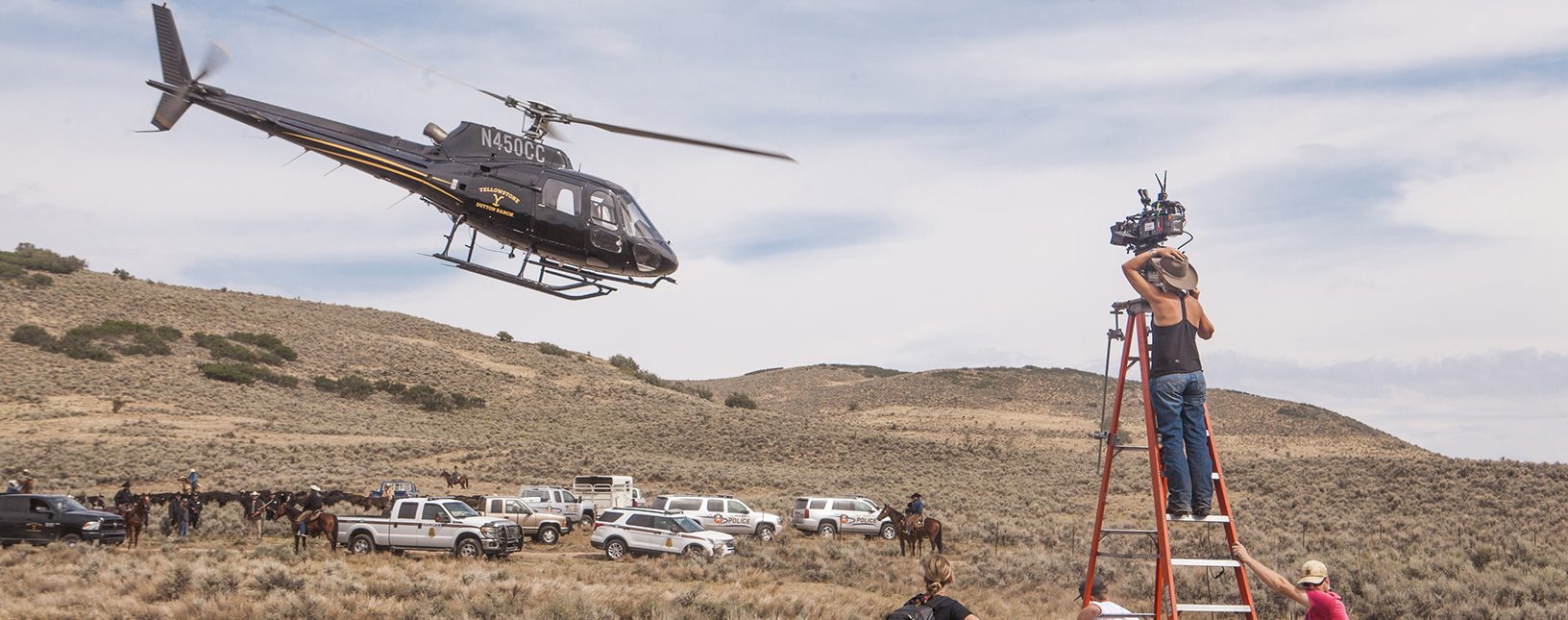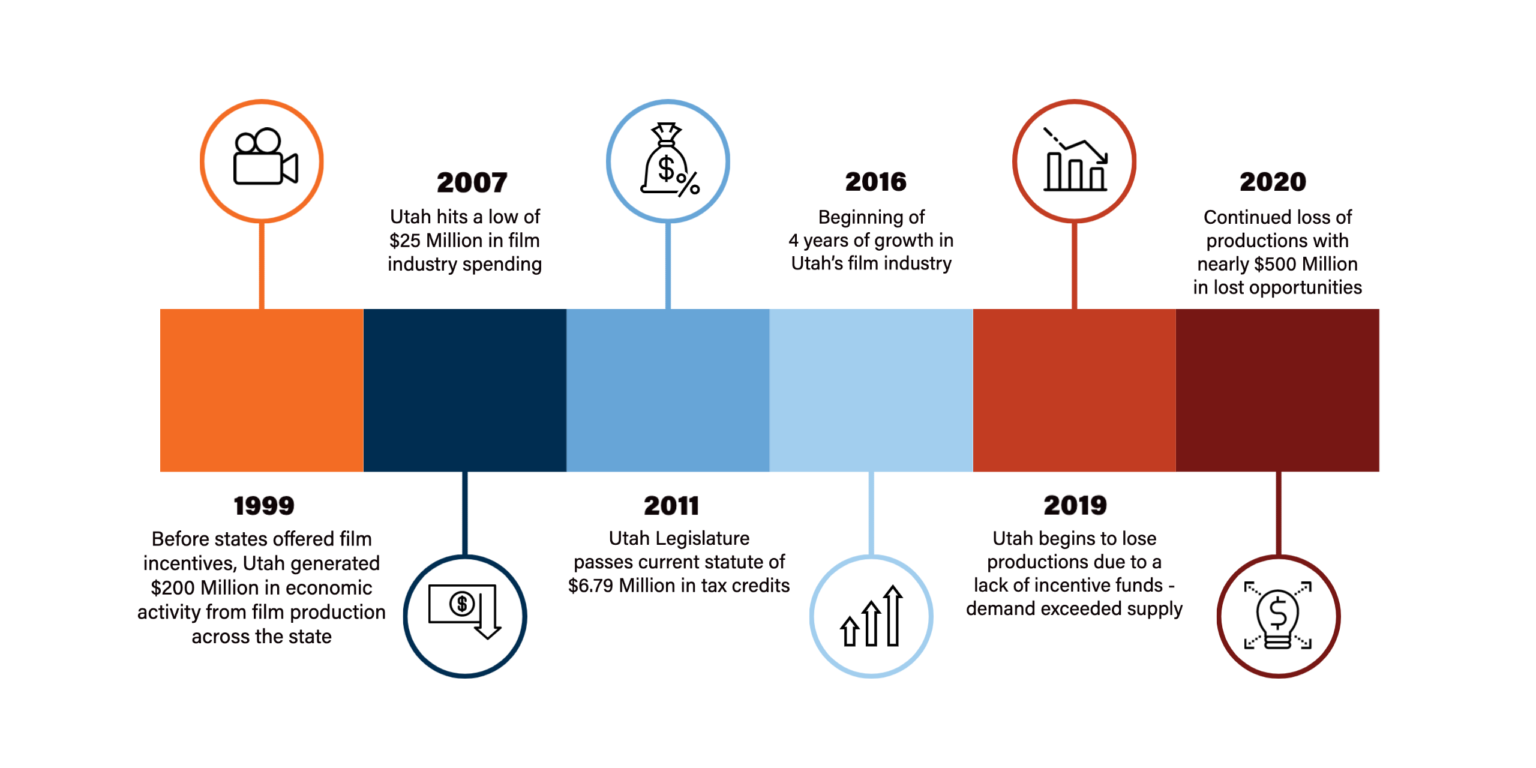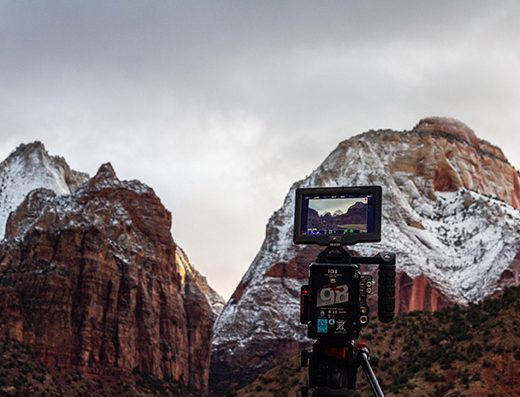What’s Next For Utah’s Film Incentive Program?
Apr 18, 2022

'Yellowstone' Season1 (2018) / Paramount Network
On March 24, 2022, S.B. 49 became law amending the current Utah Motion Picture Incentive Program (MPIP). This revised program is designed to attract higher impact film and television productions to Utah’s rural communities. Sponsored by Senator Ron Winterton and Representative Stephen Handy, S.B. 49 amends the state film incentive program to add additional tax credits available for productions that shoot at least 75% of their production days in a rural county. Rural counties are defined as all Utah counties excluding Utah, Salt Lake, Davis, and Weber counties. The rural component of the MPIP will allocate an additional $12 million in tax credits each year for the next two years.
Where We Started
Utah’s original program was set up in 2011 by Utah’s Legislature and offers $6.79 million in tax credits annually for a base rate of 20% tax credit or cash rebate to approved productions spending a minimum of $500,000 per project. There is also an additional 5% incentive available if a production spends at least $1 million in state and hires 75% Utah locals or 75% of production days in rural Utah. The Incentive program details are outlined here.

Film Impact In Utah
In the last five years, Utah’s film incentive program generated $614 million in net output. $301 million in direct spend from the industry, and $313 million created in the supply chain and subsequent wage effects. For every $1 spent on film incentives, $7 returns back to Utah’s economy through direct, indirect, and induced spending.
The Motion Picture Association of Utah released an economic impact study in 2021 that outlines the impact of the Utah film incentive program. This study revealed that 86% of all films produced in Utah reported they would not have done so without the incentive, and 100% of out-of-state producers reported they would not have come to Utah without it. A clear indication that Utah must have an incentive program to remain competitive in the film industry.
Why Rural Utah?
In the last five years, over half of the film permits issued occurred in rural counties, demonstrating the growing interest in the diverse locations off the Wasatch Front. Production budgets in Utah typically involve purchases and payments to a wide variety of industries and individuals, including equipment hire, hotels, and transportation. With 29% of total production costs spent on food, accommodation, transport, incidental purchases and equipment costs, these expenses can provide a significant economic impact to rural communities.
MPIP 2.0
The amended MPIP in Utah enables the state’s film industry to successfully retain interest from independent film production, many of whom are repeat customers or local filmmakers, while simultaneously working to attract higher impact studio productions to rural parts of the state.
The additional funding provided in the amended Utah Motion Picture Incentive Program will be available on July 1, 2022 and our office will begin accepting applications for the new program in the Spring. Contact the Utah Film Commission at film@utah.gov for more information.



